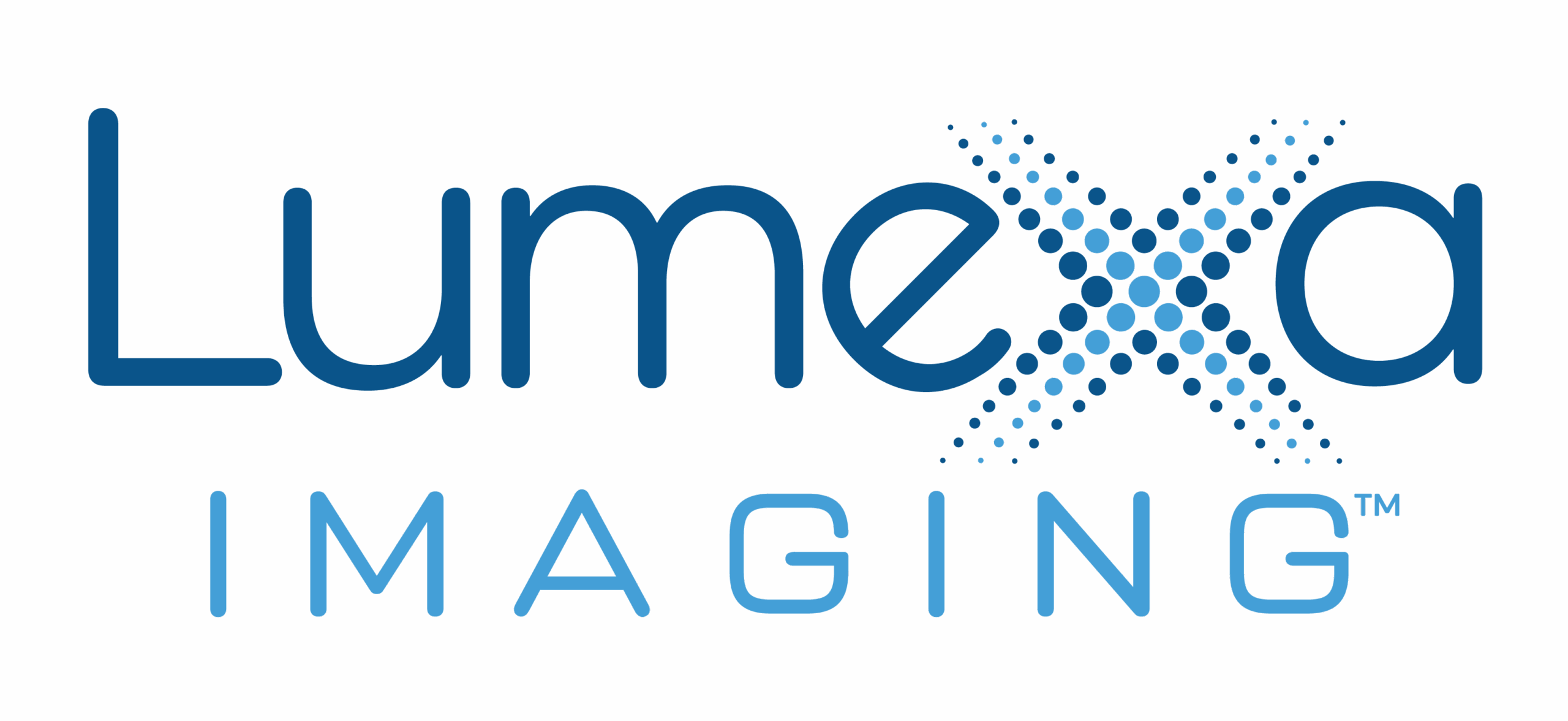Interventional Oncology
The interventional radiologists at Charlotte Radiology realize there are many options for cancer care. However, for many cancer patients, surgery may not be an option, and side effects from chemotherapy and surgery can weigh heavily on their minds. Our Interventional Radiologists approach cancer from a slightly different angle, providing minimally invasive cancer treatments. These treatments often allow patients to preserve the affected organ by specifically targeting the cancer location within the organ.
Their cancer treatment options include these cutting-edge procedures:
- Chemoembolization
- Radioembolization
- Microwave Ablation
- Radiofrequency Ablation
- Cryoablation
![]() Doctor Referral Required
Doctor Referral Required
